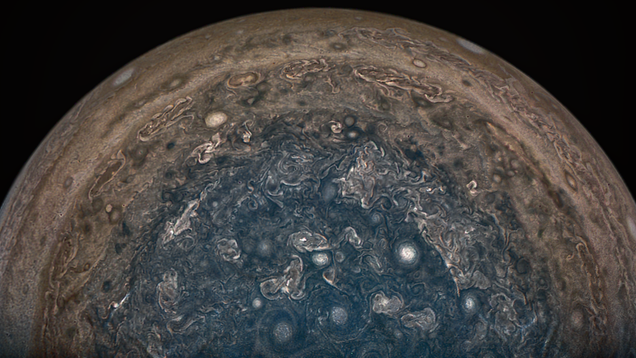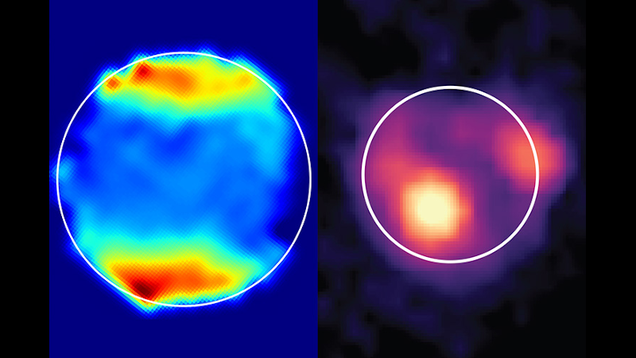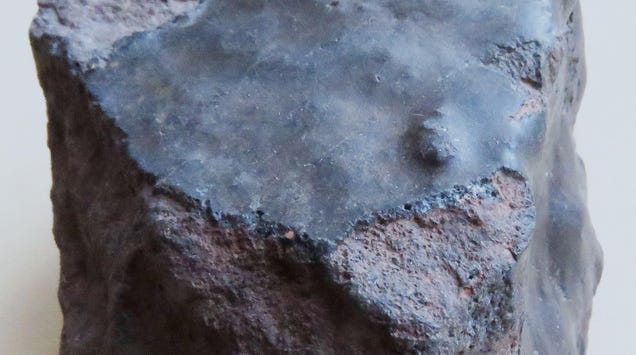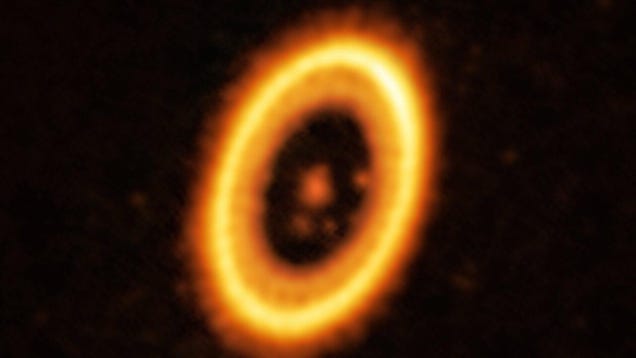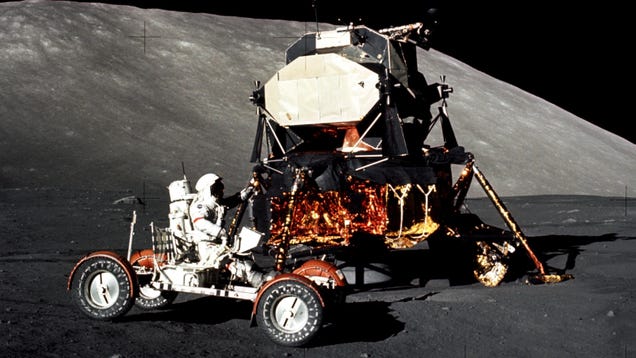
Sensors placed on the surface of the Moon during the Apollo 17 mission picked up a mysterious tremor, one that regularly occurred as the Sun rose to its peak position over the lunar surface. Unlike regular moonquakes that are triggered by the varying temperatures of the lunar environment, however, this one had a…

